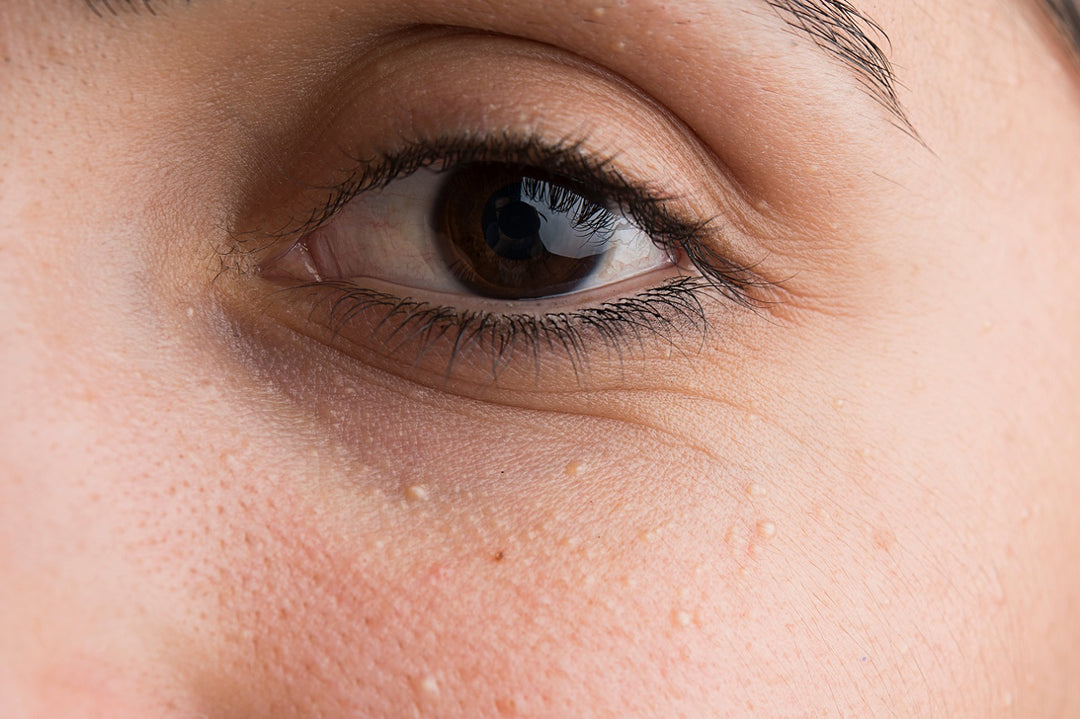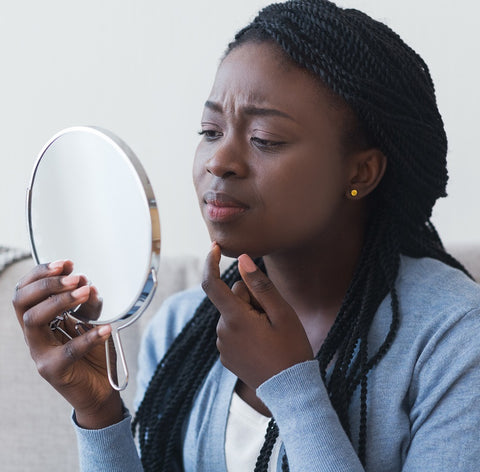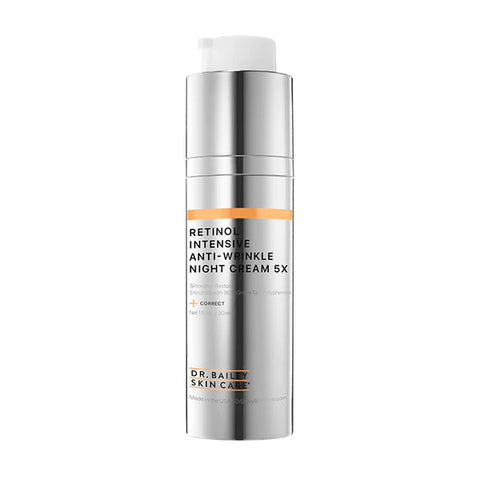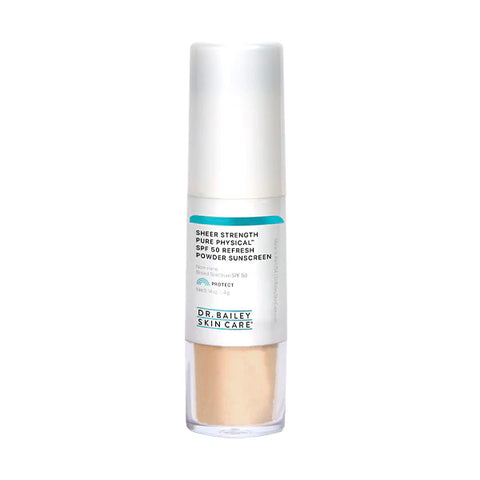What are Milia and What Causes Them?

 What are milia and what causes them? It's a common question in my dermatology office - because milia are common. You can get milia at any age, though they become a more common skin problem as you get older. I received a nice question about milia from a reader and thought everyone would like to see the answer.
What are milia and what causes them? It's a common question in my dermatology office - because milia are common. You can get milia at any age, though they become a more common skin problem as you get older. I received a nice question about milia from a reader and thought everyone would like to see the answer.
What Causes Milia?
Dermatologist Dr. Cynthia Bailey answers your questions about what causes milia and how to treat them.
Dr. Bailey, I am 59 yrs old and prone to milia. I also have sensitive skin, rosacea, and recently seborrheic dermatitis (facial dandruff). Would you please explain what causes milia, and the best way to prevent them?
I suspect that I get more milia when I've been using suncreens w/ zinc. Is this possible, or am I off-base?
My best defense in the past has been Retin-A, but my skin has been more sensitive lately.
Thank you, Susan
Dear Susan,
Milia are small cysts that are actually little pockets formed from your top skin-layer called the epidermis. They look like pinpoint-hard white cysts, sometimes with a blackhead-like opening to the skin surface. When a person has a lot of them, the skin takes on a cobbled appearance.
The white material in a milium (single for milia) is made up of cells from the dead skin layer called the stratum corneum.
Did you know that milia do not form from a pore?
Milia are not clogged pores. They are just a pocket of normal skin that somehow indented, sealed over, and the dead cells got trapped.
- Milia usually form spontaneously, not for any reason that we ever figure out.
- They usually occur on the face, but I've seen them on the neck, scalp, chest, back, and even the back of the hands.
- The changes in skin that occur due to years of chronic sun damage seem to promote milia-formation for predisposed people.
- Milia also tend to occur after a rash or skin injury.
- Rosacea and facial dandruff (seborrheic dermatitis) are rashes that can cause milia to form.
- So are the rashes of allergic reactions and irritation from harsh products.
The best way to prevent milia is by using a retinol cream
Retinol helps loosen dead cells so that they don't get trapped and form a milium. You need a strong retinol night cream to fight milia such as my professional strength Retinol Anti-Wrinkle Night Cream. Patients notice that they feel the small pre-milia 'pill-up' and roll off their skin. Even established small milia may open and fall out. Retinol is also proven to fight the cellular changes of skin aging, and these can also lead to milia.
How do you treat and prevent milia?
Nothing absolutely prevents milia from forming if you're prone to them.
Skin care products that help to prevent milia
- Use daily skin care products that keep skin exfoliated. Typically, we treat milia by keeping the skin exfoliated, but the exfoliation must be done without irritating the skin. Skin care products that create chemical exfoliation, such as Retin A (tretinoin) , a medical grade Retinol Night Cream, and a medical grade Glycolic Acid Face Cream, usually help reduce the size and number of milia. These also help to reverse the signs of skin aging when used in medical grade formulations. Glycolic acid may not tolerated if you have sensitive skin. Retinol can be tricky too but usually is more successful.
- Get regular facials and professional exfoliation treatments. Regular facials with microdermabrasion or mild chemical peels often help.
- Physically exfoliate and deeply clean skin. Using a facial exfoliating sponge to gently clean and exfoliate your skin can help, too. Harsh physical exfoliation can lead to milia so it is important to exfoliate gently.
- Combine these skin care tips to prevent milia. In my dermatology practice, I help patients utilize some combination of these options that doesn't irritate their skin because I find combination therapy the most effective means of controlling milia.
What is milia extraction?
Milia extraction is a procedure done in the dermatology office that is greatly appreciated by anyone who has milia! Existing milia that don't respond to exfoliating skin care can be manually extracted in a medical office. Because the skin over the milia is lanced, care needs to be taken to prevent a skin infection.
- In this procedure, the skin over the milia needs to be disinfected with rubbing alcohol and lanced with a sterile instrument. Then the small deposit of dead skin can be gently extracted using a tool called a comedone extractor. A comedone extractor is the same tool used to extract blackheads. In my office, this is a medical procedure because any puncture of the skin creates the risk of infections.
- Also, the puncture and subsequent pressure with the comedone extractor creates a small wound, and as with any wound, there is a very small chance of leaving a mark or scar after words. The bottom line is that you want this done by someone that knows what they are doing!
Can sunscreen cause milia?
Susan, I was not able to find any medical reference connecting milia formation with zinc oxide sunscreen.
I've been asked this many times and I always do a fresh literature search. There is still no scientific evidence linking milia and sunscreen use. We know that sun-damaged skin is prone to milia and so I actually think that makes zinc oxide sunscreen helpful for preventing them in some sense.
In my opinion, mineral zinc oxide mineral sunscreens provide the best sun protection for the skin and are therefore important for preventing the skin sun damage that can lead to milia. - Dermatologist Dr. Bailey
This means that using a zinc oxide sunscreen every day may ultimately reduce a person's lifetime risk of being a "milia former" since sun-damaged skin is prone to milia.
Best facial sunscreens for milia
Be sure that you wear a lightweight facial sunscreen daily. Select one that won't clog your pores, that you love on your skin and that you are happy to apply daily as part of your morning skin care routine.
The most popular facial sunscreens in my dermatology practice to prevent facial sun damage that may lead to milia:
Sheer Strength Pure Physical Matte Tinted SPF 30+ Sunscreen. This is my personal daily facial sunscreen of all time! The base is lightweight and never feels heavy on the skin. Iron oxide tinting technology gently blends into all skin tones - from really fare to melanin rich, this tinting technology is a pleaser. Know that iron oxide serves an important role in uniquely also blocking visible and digital blue light from entering skin where it can cause damaging free radicals and darken pigment skin problems such as melasma and age spots. Both men and woman love this product, it's ideal for oily complexions due to the matte base and it's a great base for makeup.
Sheer Strength Pure Physical Spray SPF 50+ Sunscreen is ideal for those not wanting tinting. This product is also water resistant, making it perfect for sweaty activities and swimming.
Pro-tip for sunscreen reapplication for milia prone skin:
Sheer Strength Pure Physical SPF 50 Refresh Sunscreen is the ideal way to reapply sunscreen throughout the day without adding a layer of liquid product. This is a great sunscreen tip for milia prone skin!
All sunscreens are hypoallergenic, fragrance free, cruelty free and made in the U.S.A.
I hope this helps!
Warm Regards,
Cynthia Bailey MD, Dermatologist
Disclaimer: Please realize that availing yourself of the opportunity to submit and receive answers to your questions from Dr. Bailey does not confer a doctor/patient relationship with Dr. Bailey. The information provided by Dr. Bailey is general health information inspired by your question. It should not be a substitute for obtaining medical advice from your physician and is not intended to diagnose or treat any specific medical problem (and is not an extension of the care Dr. Bailey has provided in her office for existing patients of her practice). Never ignore your own doctor’s advice because of something you read here; this information is for general informational purpose only.
Author: Dr. Cynthia Bailey M.D. is a Board Certified dermatologist practicing dermatology since 1987. She has done well over 200,000 skin exams during her career and authors the longest running physician written skin health blog in the world.







